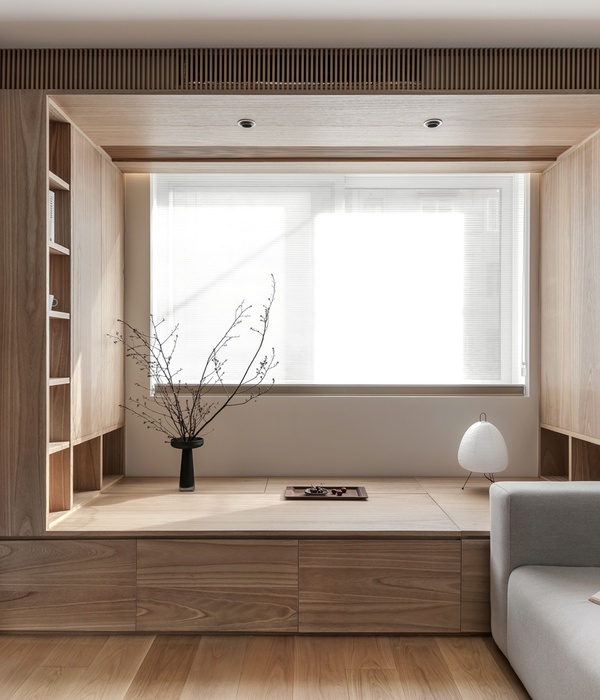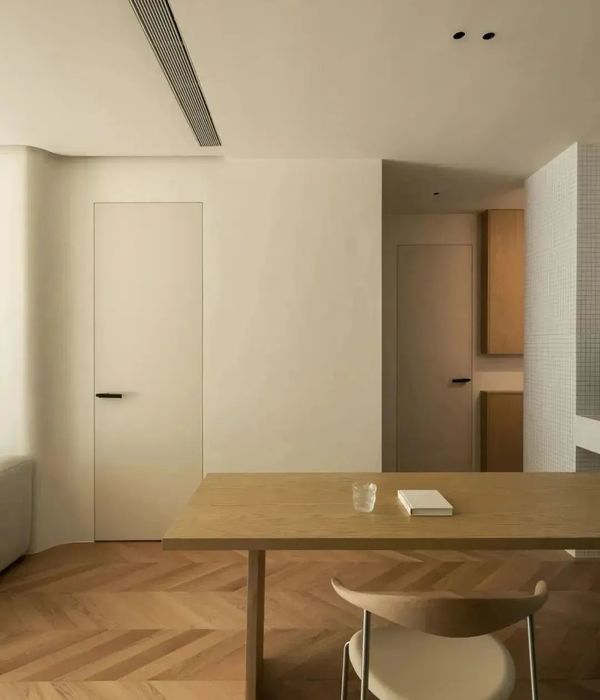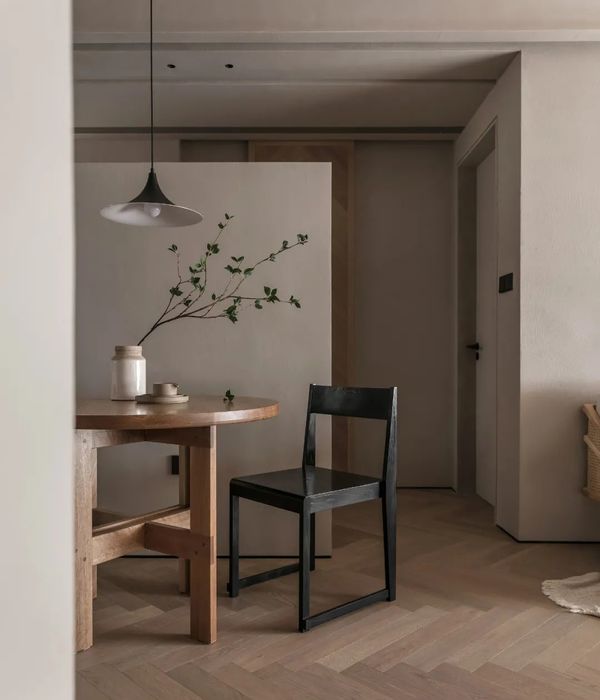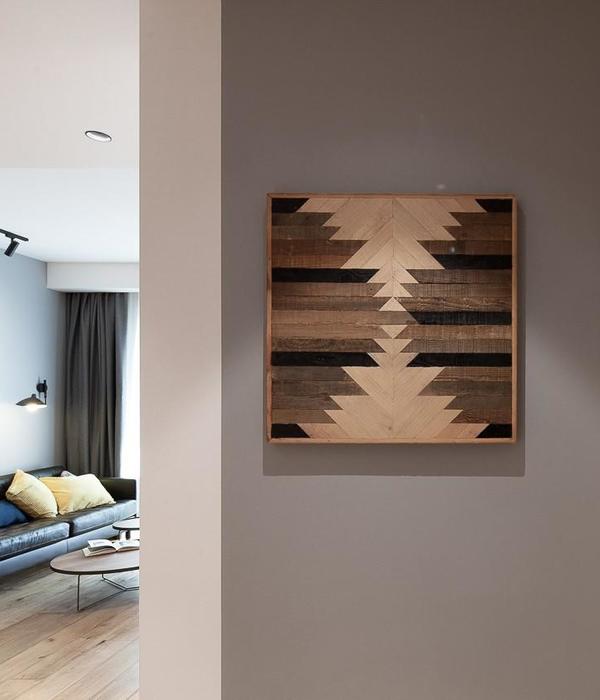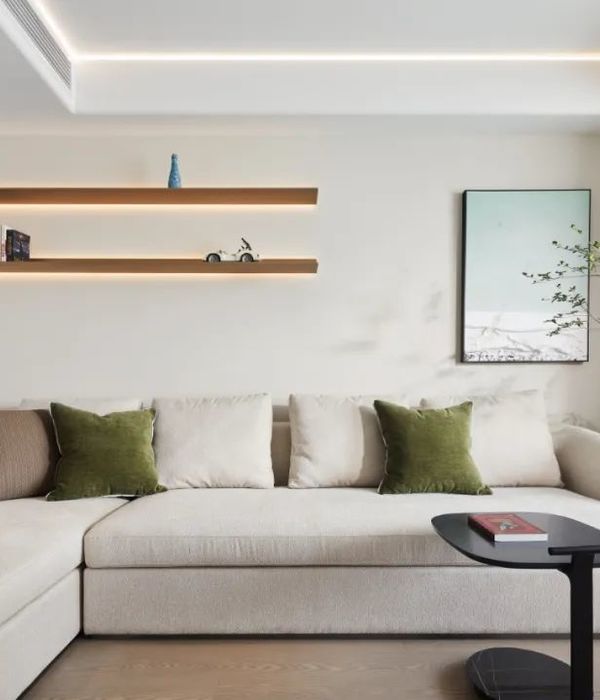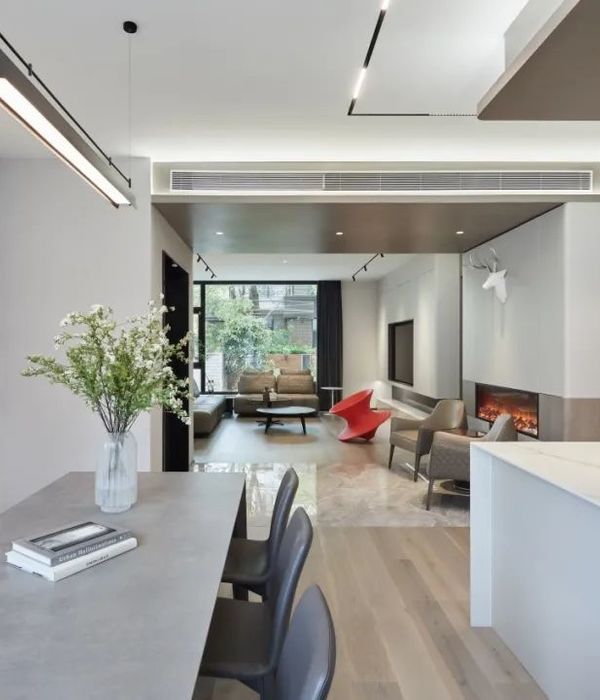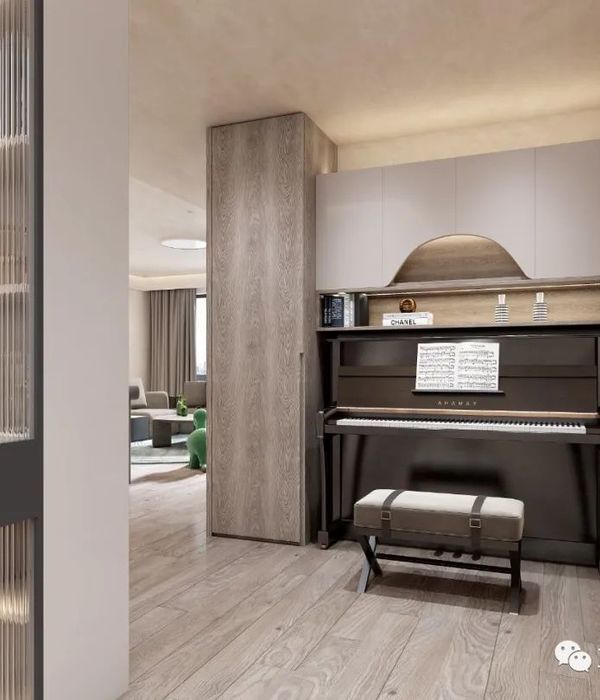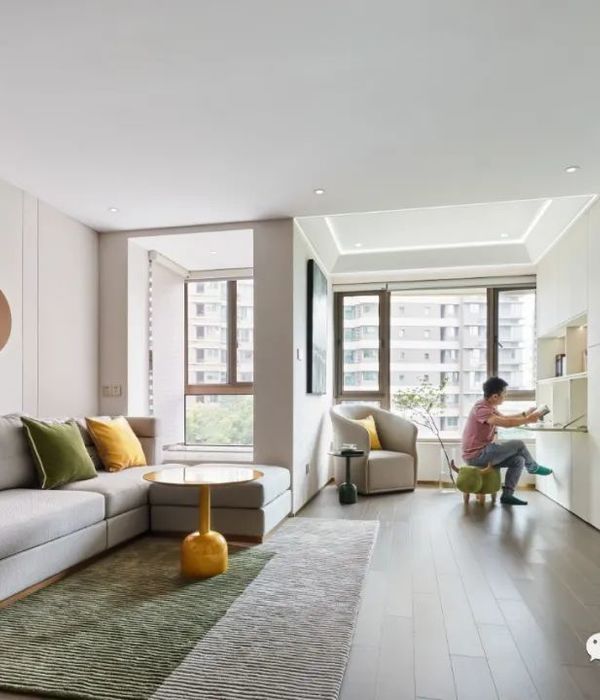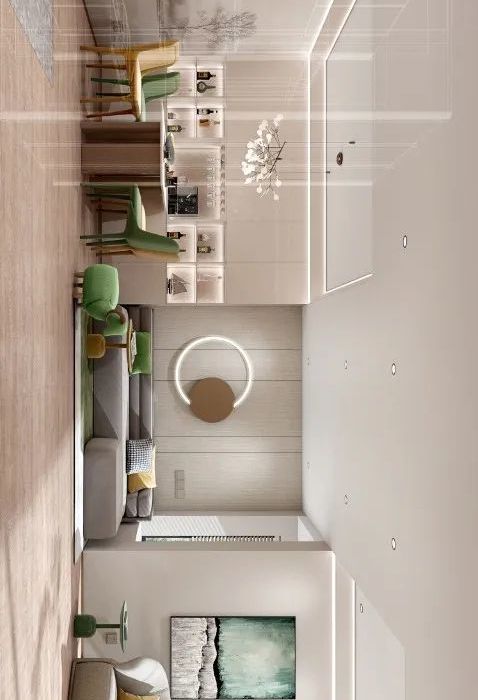Octav Doicescu, an emblematic personality for Romanian interwar architecture, completed in 1936 the villa on Washington Street no. 7, in a select neighborhood of the capital – the famous Bonaparte parcel, built between 1913-1925 – close to Victoria Square. His beneficiary was the engineer Constantin Burila, a name equally resonant in the interwar period. The villa was seized by the Communist power in 1946. Over the decades that followed, the house degraded progressively, but did not lose its details in a significant way.
From a stylistic point of view, the villa reflects the taste of the era and the professional preoccupations of the architect who designed it: a tempered modernism of Balkan and Classicist regional accents. Developed in a large volume with basement, ground floor, two upper floors and an attic, proves a series of impressive architecturally-spatial and constructive qualities for the modernist-regionalistic stylistic direction to which it belongs. We note the balanced aesthetics of the white facades in contrast to the wooden elements of the balcony cantilever beams and handrails, the smooth sloping roof covered with olans, the well proportioned partition of the interior spaces, the generosity of the living room separated from the dining room by sliding doors camouflaged in the thickness of the wall, the arrival moment of the inner staircase on the first floor, the cross vaults ceiling area, the massive wooden beams of the ceiling and the composite capitel at the pillars in the living room, the metalworking with seamless grids, the woodwork with joints without nails.
The door-windows provinding access to the garden have been preserved with difficulty over the postwar decades. They were turned into smaller windows with parapets and added heaters, although the living room floor was provided with access grilles for hot air ducts that came from the underground facility – a remarkable technical aspect at the time. The wooden parapet from the upper balcony was completely degraded, the original window frameworks suffered much, the plaster fell from many parietal areas on the outside and inside, and the living room was diminished with a partition wall during the communist occupation.
The Studio3plus office has restored the ground floor to its original shape, the second floor being transformed into a secondary living area with kitchen, living room and guest bedrooms. The parasitic interior partitions – those that doubled the original hall – were removed and the bedrooms, after enlargement, also received their own bathrooms. The cooking space, which is very important for the current villa owners, has expanded in relation to the two separate day zones on the ground floor and on the second floor. Just like in the interwar period, the underground spaces now host the servants and permanent cooks of the house.
The rehabilitation of the internal stair handrails was complemented by the integral recovery of the parquet after its dismounting from the ground floor and the uper floors. Remounting it in the attic floor gave an original character to the generous space of the former garret. Here, the satisfactory height did not require major structural changes: removing only a few wooden pillars of the roof allowed the new furniture positioning. There were also added the attic windows and a family relaxation space with multimedia equipment and a minibar. The natural stone has replaced the old faience of the bathrooms, and the original sliding doors on the ground floor have been completely rehabilitated.
The identical reconstruction of the destroyed balustrade from the balcony of the first floor involved an exceptional artisanal effort for six months, based on original pieces found in the yard. The street fence received a small socket; an additional access gate to the main area of the courtyard where the living room opens was also provided. Fully rebuilt plaster with stone powder, repairing of metal grills and careful cleaning of window stone frames have been essential to recovering the architectural image of vintage photographs. The discreet presence of new outdoor lighting technologies at the yard and facades highlighted the historic and stylistic landmark value of the architectural object in the neighborhood context.
The adaptation of the living space to the luxurious living needs by the means of the interior design has proven here the ability of designers to provide, on the one hand, a sumptuous and brilliant character on the ground floor, and on the other hand, to bring a playful and jovial spirit to the modernized attic. The villa was rendered to the neighborhood in its original charm, through a subtle game of blending ambiences and horizons of inspiration. This mixture may be the aesthetic link between the sensibility of the master who designed the villa before the Second World War and the aspirations of the young office that restored its work eight decades later.
Text: Cosmin Caciuc
Architects: Studio3plus
Team : Arh. Dragos Scurtulescu, Arh. Raluca Scurtulescu, Arh. Claudia Stefanescu, Arh. Andreea Gurita
Location : Washington, no.7, Area 1, Bucharest
Name: Washington house
Area: : 1106.45 mp
Photographs: Radu Malașincu
Year 2018
Work started in 2016
Work finished in 2018
Main structure Mixed structure
Status Completed works
Type Single-family residence / Interior Design / Custom Furniture / Lighting Design / Recovery/Restoration of Historic Buildings / Restoration of façades / Structural Consolidation / Furniture design / Building Recovery and Renewal
{{item.text_origin}}

